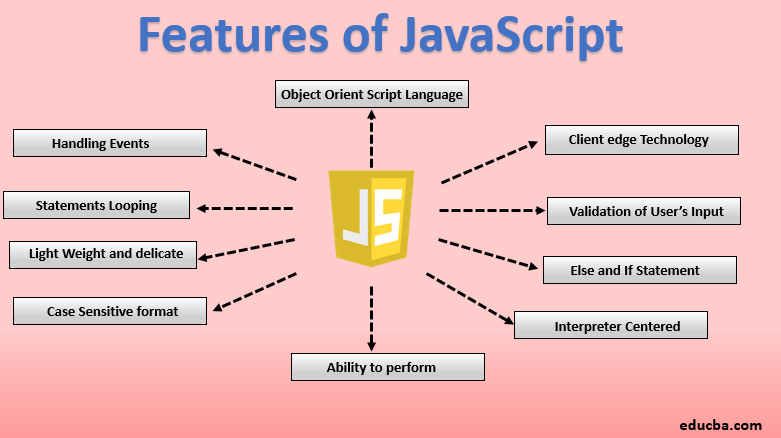
JavaScript is a high-level, interpreted programming language primarily used for front-end web development. It allows web developers to create dynamic and interactive content on websites. JavaScript is one of the core technologies of the World Wide Web, alongside HTML (Hypertext Markup Language) and CSS (Cascading Style Sheets).
Originally created by Brendan Eich at Netscape Communications Corporation in 1995, JavaScript was initially named “LiveScript” but later renamed to “JavaScript” to capitalize on the popularity of Java at the time. Despite the name similarity, JavaScript and Java are distinct languages with different purposes and design principles.
Key features and characteristics of JavaScript include:
- Client-Side Scripting: JavaScript is mainly used on the client side of web applications. It runs in the user’s web browser and allows the creation of dynamic web pages, user interfaces, and interactive features.
- Lightweight: JavaScript is a lightweight language that is relatively easy to learn and use.
- Interpreted Language: JavaScript code is executed line by line by the browser’s JavaScript engine without the need for compilation.
- Object-Oriented: JavaScript is an object-oriented language, allowing developers to create and manipulate objects to build complex functionality.
- Event-Driven: JavaScript facilitates event-driven programming, where code can respond to user actions or other events, such as button clicks or mouse movements.
- Cross-Platform Compatibility: JavaScript can run on various platforms and browsers, making it a versatile language for web development.
- Support for Libraries and Frameworks: There are numerous JavaScript libraries and frameworks available, such as jQuery, React, Angular, and Vue.js, which simplify common tasks and provide useful abstractions.
- Server-Side Development: While JavaScript is primarily associated with client-side development, it can also be used for server-side development through platforms like Node.js. This allows developers to use the same language on both the client and server, improving code reusability.
With the rise of modern web development practices, JavaScript has become an integral part of building responsive and interactive web applications. Its widespread adoption and active development community have led to continuous improvements and innovations in the language and its ecosystem.